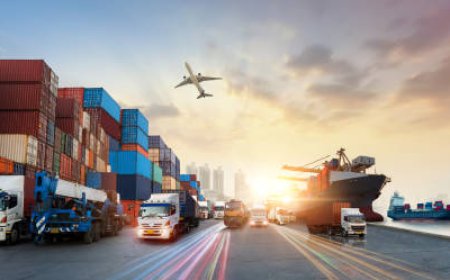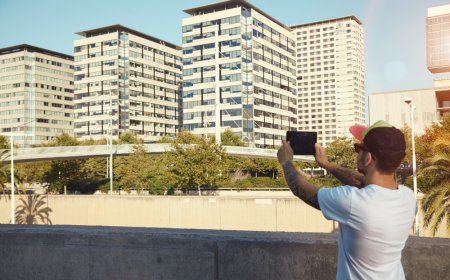Is an Emergency Fish Transport Solution the Future of Fisheries Rescue?

Fisheries and aquaculture operations are increasingly confronted with emergenciesdroughts, pollution events, infrastructure failures, and natural disastersthat require rapid, safe relocation of fish populations. Traditional methods, such as manual netting and trucking, are often slow, labor-intensive, and stressful for both fish and handlers. In these critical moments, an emergency fish transport solution can mean the difference between salvaging a valuable population and facing catastrophic losses. As the industry evolves, the need for reliable, rapid-response systems has never been clearer.
What Makes an Emergency Fish Transport Solution Essential?
Emergencies in aquatic environments are unpredictable and can escalate quickly. Whether its a sudden drop in water quality, a dam failure, or a natural disaster like a landslide, the window for effective intervention is often narrow. Standard transport methods may not be fast or flexible enough to respond, especially in remote or challenging locations. The fish transport solution for emergency is designed to address these gaps, offering portability, speed, and minimal stress for fish. These systems are engineered to move fish safely from danger to safety, preserving both ecological balance and economic value.
The ability to act swiftly is not just about saving fishits about protecting investments, supporting conservation efforts, and maintaining public trust. With climate change increasing the frequency and severity of environmental disruptions, the demand for robust emergency solutions is set to grow.
Key Features of Modern Emergency Systems
-
Portability and Rapid Deployment:Emergency systems like the Whooshh TUber can be set up quickly, even in remote or rugged terrain, and require minimal infrastructure.
-
Minimal Handling:Fish are transported with little to no manual contact, reducing stress and the risk of injury or disease transmission.
-
Adaptability:These systems can be tailored to different species, sizes, and site conditions, making them versatile for a range of emergencies.
-
Efficiency:Automated transport allows for high throughput, moving hundreds or thousands of fish per hour, far surpassing traditional methods.
-
Environmental Sensitivity:By minimizing shoreline disturbance and reducing the need for heavy equipment, emergency systems help protect fragile ecosystems.
These features make modern emergency fish transport solutions indispensable for fisheries managers, conservationists, and aquaculture operators.
Fish Transport System: Elevating Industry Standards
At the heart of any effective emergency response is a reliablefish transport system. Whooshh Innovations TUber, for example, combines a SalmonCannon, MigratorTube, support trailer, and power source into a turnkey package that can be deployed almost anywhere. The system uses gentle air pressure to propel fish through a misted, flexible tube, ensuring a moist, low-stress environment throughout the journey. Fish enter the system voluntarily, are scanned and sorted if needed, and are transported to safety in secondsfar faster than traditional methods.
The modular design means the system can be scaled up or down depending on the situation, and it can be operated by a small crew with minimal training. This flexibility is crucial for emergency scenarios, where time and resources are often limited. The fish transport system not only improves survival rates but also streamlines operations, reduces labor costs, and minimizes environmental impact.
Case Study Showcasing the Real-World Impact
The effectiveness of emergency fish transport solutions has been demonstrated in a variety of settings. For instance, during the Big Bar landslide on British Columbias Fraser River, Whooshhs system was deployed to move salmon past a massive rock blockage, ensuring the survival of hundreds of thousands of fish. In hatchery operations, the TUber has been used to relocate broodstock and juveniles quickly and safely, reducing stress and improving reproductive outcomes.
These real-world examples highlight the versatility and reliability of modern emergency systems. They also underscore the importance of having robust protocols and equipment in place before disaster strikes. By investing in advanced transport technology, operators can ensure they are prepared for the unexpected and can act decisively when every second counts.
Final Remarks: A New Era for Fish Welfare and Sustainability
The rise of the emergency fish transport solution marks a turning point for fisheries and aquaculture. By combining automation, real-time data, and gentle pneumatic propulsion, these systems offer a sustainable, scalable approach to one of the industrys most pressing challenges. For fish, this means faster, safer journeys and better chances of survival. For operators, it means lower costs, greater flexibility, and improved compliance with environmental standards.
As we look to the future, the lessons from Whooshh Innovations work suggest that thefish transport systemis more than just a technological noveltyits a catalyst for reimagining how we protect and manage aquatic populations. By prioritizing adaptability, data-driven management, and ecological sensitivity, we can build a future where every fish has a clear path to safety, and every ecosystem is more resilient in the face of change.










































